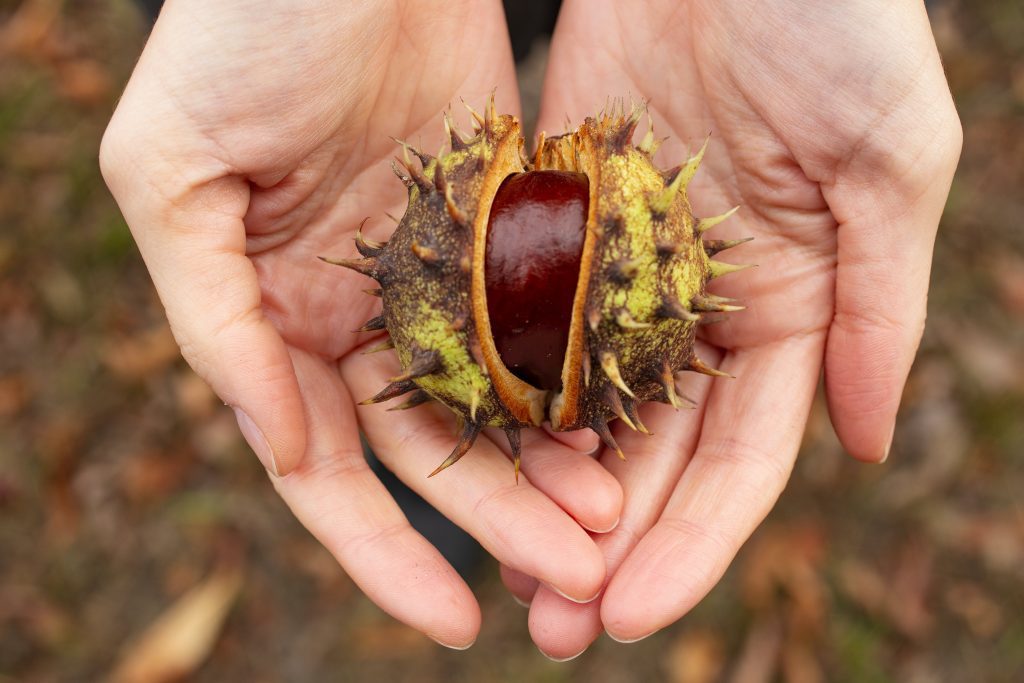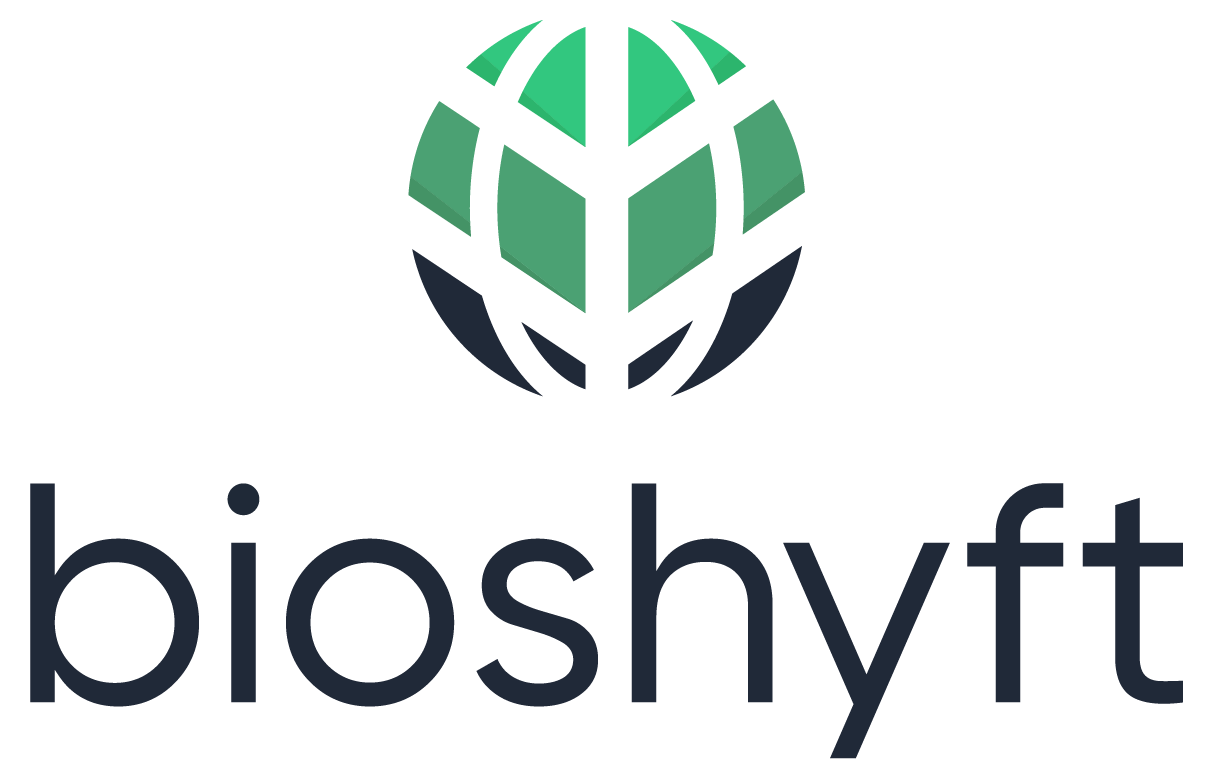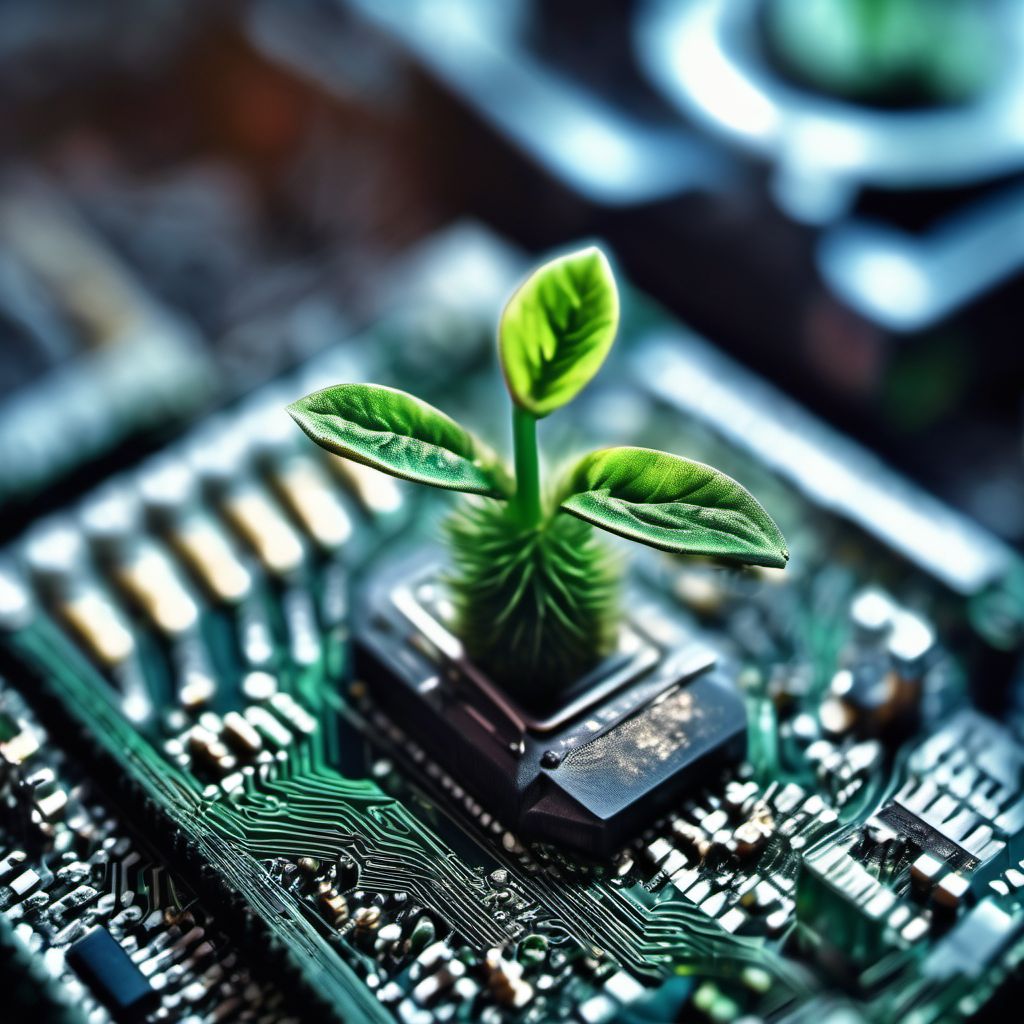In the digital age, the quest for efficient, sustainable data storage solutions has reached new heights. Information is encoded into the DNA of plants and seeds, offering a cutting-edge paradigm where in plants is a form of digital storage.
Introduction: A Leap into Data Preservation
In an age defined by the relentless surge of digital information, a botanical revolution is quietly taking root, promising to reshape the very foundations of data storage. Advances in biotechnology have given rise to a visionary concept: encoding digital data within the genetic fabric of plants. The integration of natural principles with human innovation presents a unique approach to information preservation. This innovative approach utilizes the remarkable properties of DNA, nature’s own information storage molecule. One gram of DNA possesses the potential to harbor exabytes of data, dwarfing the capabilities of conventional storage media. Digital data is coded into the genetic material of plants. This is meant to mirror the binary code used by computers. This development signifies more than just technological progress. It represents a practical rethinking of how to secure information in today’s fast-paced digital landscape.
Encoding Seeds with Impact
While the practice of encoding digital information within plants may seem like a recent innovation, its roots trace back to the profound understanding of DNA’s information-carrying capacity. Over time, advancements in biotechnology and genetic engineering paved the way for this transformative approach.
In 2017, biotechnologists achieved a milestone where they successfully encoded a computer program into Nicotiana benthamian. This is a testament to the potential locked within the genetic makeup of plants. This process involves translating digital information, represented by 0s and 1s, into specific sequences of nucleotides, akin to a language comprehensible to plants. This allows them to carry and preserve this information within their cells, effectively creating a green repository of data.
As storage for digital information becomes increasingly crucial, the need for sustainable and efficient data storage solutions has become paramount. A study in Nature Climate Change forecasts an 8% surge in global energy consumption for cloud storage by 2030, highlighting the urgency for alternatives. In this context, plant-based data storage offers a solution that not only accommodates the escalating demands but does so with an unparalleled commitment to environmental sustainability.
Unearthing the Benefits of Plant-Based Data Storage
- Reduced CO2 Footprint: Embracing plant-based data storage isn’t just a technological feat; it’s a leap toward a more sustainable future. Traditional data centers, with their voracious energy demands, contribute significantly to carbon emissions. By utilizing plants, this approach drastically reduces the carbon footprint associated with data storage.
- Longevity and Stability: Seeds, akin to nature’s time capsules, possess an extraordinary capacity for preservation. For instance, 1,600-year-old seeds of Anagyris foetida demonstrated their durability by germinating. When entrusted with the role of data storage, seeds offer an unparalleled assurance of longevity and stability. Unlike conventional digital storage mediums, seeds are less likely to degrade or become obsolete. Evolution designed these capsules of life to withstand the test of time.
- Low Maintenance and Viability: The inherent protective mechanisms of seeds require remarkably little in the way of specialized equipment for storage. This natural resilience makes them an economical choice for data preservation. Unlike complex and energy-intensive data centers, the maintenance of seed-based storage is straightforward. As designs for sustainability and cost-effectiveness become more necessary, seeds emerge as the ideal medium for safeguarding data.
Plant Based Storage & Sprouting Risks
While the potential of plant-based data storage is vast, it is not without its challenges:
- Embryonic Stage of Development: Plant-based data storage, though promising, stands at the dawn of its evolutionary journey. Like any revolutionary technology, it is in an early, formative stage, awaiting further refinement and development. For this innovative approach to reach its potential and achieve widespread adoption, dedicated research and development efforts are crucial.
- Maintaining Optimal Seed Environment: One of the challenges inherent to plant-based data storage lies in the necessity for precise environmental control. Specialized facilities are required to ensure the integrity and longevity of encoded data. These environments must maintain specific conditions, including temperature, humidity, and protection from external factors. This demand for controlled settings adds a layer of complexity to the implementation of plant-based storage.
- Risk of DNA Mutation: While minimal, there exists a subtle potential for mutations when longer sequences of data are inserted into DNA. However, the natural defenses of seeds against environmental alterations may mitigate these risks. Nature has finely tuned the genetic makeup of seeds to resist changes and ensure the preservation of genetic information. This built-in safeguard mechanism provides a level of assurance against unwanted alterations in the encoded data.

Case Study: Grow Your Own Cloud
Grow Your Own Cloud has been the primary leader in plant-based storage. Their project aims to redefine the future of data storage. Therefore, envisioning a world where information is preserved in the DNA of plants. Subsequently, departing from the conventional reliance on energy-intensive data centers, this venture proposes a paradigm shift towards an organic cloud. One that breathes oxygen into the atmosphere rather than emitting carbon dioxide.
Hence, a speculative design process characterizes the journey towards this botanical revolution. This collaborative effort between art and science culminated in the recognition of DNA as a compelling candidate for information storage, harnessing the potential of the world’s oldest storage device. Indeed, Grow Your Own Cloud represents a pioneering stride towards a more sustainable, harmonious union of technology and nature in the realm of data storage.
Conclusion: Codifying Nature and Data
In conclusion, as we reflect on the remarkable strides in plant-based data storage, it becomes evident that we are witnessing the dawn of a new era in information preservation. The convergence of biotechnology and digital science has paved the way for a visionary approach that not only challenges the norms of data storage but also embodies a profound respect for the environment.
As the digital horizon expands, so must our approach to data storage. The fusion of technology and nature in data storage not only ensures the preservation of data but also advances the collective commitment to sustainability. Hence, the seeds of revolution are sown. The harvest promises not only a bountiful digital landscape but a greener, more conscientious planet.
Explore related topics
- Agriculture & Forestry Posts
- Aquaculture Posts
- Bio-based Product Posts
- Bio-Resource Conversion Industry Posts
- Blog
- CO2 & Waste Utilization Posts
- Food & Beverage Posts
- Water & Renewable Energy Posts
Sources:
- https://www.researchgate.net/publication/318715301_The_Potential_of_Plants_and_Seeds_in_DNA-Based_Information_Storage
- https://www.nature.com/articles/s41558-020-0837-6
- https://designawards.core77.com/speculative-design/83603/Grow-Your-Own-Cloud
- https://growyourown.cloud/
- https://www.cambridge.org/core/journals/seed-science-research/article/analysis-of-ancient-dna-from-in-vitro-grown-tissues-of-1600yearold-seeds-revealed-the-species-as-anagyris-foetida/3507DF30773547750C8B1598A20D5FE7


